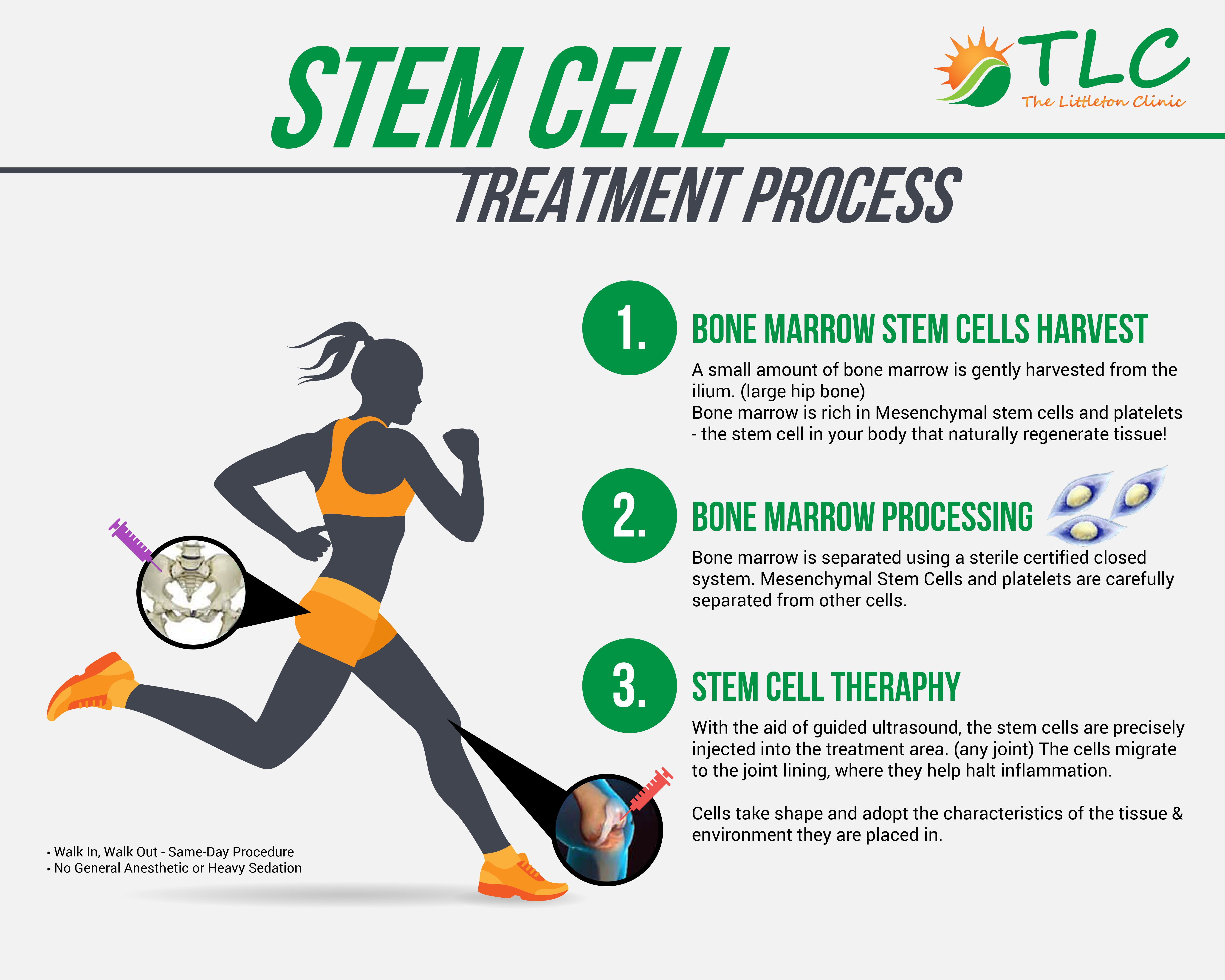Stem cell therapy is revolutionizing the way we approach eye damage treatment, offering new hope for patients suffering from corneal injuries that were once deemed beyond repair. A remarkable clinical trial conducted by Mass Eye and Ear has shown that this innovative therapy can restore the cornea’s surface by extracting limbal epithelial cells from a healthy eye and implanting them into a damaged one. The results have been overwhelmingly positive, with over 90% effectiveness in restoring corneal health among trial participants. This breakthrough may significantly change the landscape of treatment options for those needing corneal surgery or eye transplant surgery, as it provides a viable alternative to standard grafting techniques. As researchers continue to refine stem cell therapies, the potential to enhance vision and alleviate ocular pain for countless individuals becomes increasingly achievable.
Often described as regenerative medicine, stem cell therapy offers promising alternatives for treating severe ocular conditions. This technology focuses on using the body’s own healing mechanisms to regenerate essential eye tissues affected by traumatic injuries or diseases. Through the cultivation of cells derived from the limbus—the border of the cornea—researchers are making strides in innovative eye restoration methods, particularly for those who have exhausted traditional options like corneal transplants. As the medical community explores the efficacy of these cultivated autologous limbal epithelial cells, patients are beginning to see a light at the end of the tunnel, signaling a new era in the comprehensive management of eye-related disorders.
The Role of Stem Cell Therapy in Eye Damage Treatment
Stem cell therapy is revolutionizing medical treatments across various fields, and its application in eye damage treatment is particularly promising. Specifically, the use of cultivated autologous limbal epithelial cells (CALEC) has demonstrated remarkable efficacy in restoring corneal health. By extracting stem cells from a healthy donor eye, this innovative therapy allows for the transplantation of these cells into an affected eye, addressing conditions that were previously considered untreatable. Such advancements not only enhance corneal repair but also significantly improve the quality of life for patients suffering from debilitating eye conditions.
The clinical trials showcasing CALEC have shown a success rate exceeding 90% in restoring the cornea’s surface, which is a major breakthrough for those with limbal stem cell deficiency. Traditionally, surgical options such as corneal transplant surgery required a healthy cornea free of damage, rendering many patients ineligible for standard treatments. However, stem cell therapy introduces a new pathway, allowing for regeneration of limbal epithelial cells and restoration of corneal integrity, thereby offering renewed hope to countless individuals facing the prospect of lifelong visual impairment.
Frequently Asked Questions
What is stem cell therapy in the context of corneal surgery?
Stem cell therapy in corneal surgery involves using stem cells to restore the cornea’s surface, particularly in cases of severe corneal damage. This innovative approach, exemplified by cultivated autologous limbal epithelial cells (CALEC), allows for the transplantation of healthy limbal epithelial cells extracted from a patient’s unaffected eye to the damaged cornea, potentially restoring vision and corneal health.
How do limbal epithelial cells aid in eye damage treatment using stem cell therapy?
Limbal epithelial cells are essential in maintaining the smooth surface of the cornea. During stem cell therapy, these cells are harvested from an unaffected eye and expanded into a graft. This graft can then be used to treat eye damage, such as that caused by chemical burns or infections, restoring corneal integrity and function.
What are the expected outcomes of stem cell therapy for corneal health?
Expected outcomes of stem cell therapy for corneal health include significant improvement in visual acuity and complete restoration of the corneal surface. Clinical trials have shown that over 90% of participants experienced success in healing their damaged corneas, offering hope to patients with conditions once considered untreatable.
Is stem cell therapy suitable for patients with severe eye damage?
Yes, stem cell therapy is particularly suitable for patients with severe eye damage resulting from limbal stem cell deficiency. This method provides an alternative to traditional corneal transplant surgery, which may not be viable for severely damaged eyes, by using the patient’s own healthy limbal epithelial cells to restore corneal function.
What are the risks involved with stem cell therapy for corneal injuries?
While stem cell therapy for corneal injuries has shown a strong safety profile, potential risks include infection at the biopsy site or within the transplanted graft. Additionally, some adverse events may occur but are typically minor and resolvable. Comprehensive monitoring is essential during the treatment process.
How does the CALEC procedure work in eye transplant surgery?
The CALEC procedure involves extracting limbal epithelial stem cells from a healthy eye, expanding them into a cellular graft over two to three weeks, and then surgically implanting this graft into the eye with corneal damage. This innovative approach helps restore corneal surfaces effectively.
What advancements have been made in stem cell therapy for eye damage treatment?
Recent advancements in stem cell therapy for eye damage treatment include the successful implementation of CALEC, which has demonstrated over 90% success in restoring the corneal surface in clinical trials. This therapy represents a significant step forward in regenerative medicine for treating previously untreatable eye conditions.
Is stem cell therapy for corneal surgery available to all patients?
Currently, stem cell therapy for corneal surgery, specifically CALEC, is experimental and not widely available. Patients may only qualify for this treatment if they have only one affected eye to allow for the necessary biopsy. Continued studies are needed to expand its availability for broader patient populations.
What future developments can we expect from stem cell therapy in ophthalmology?
Future developments in stem cell therapy for ophthalmology may include the creation of allogeneic stem cell sources from donor eyes, expanding treatment options for patients with multiple eye injuries. Ongoing clinical trials and research aim to improve efficacy, safety, and accessibility of these innovative treatments.
How does stem cell therapy compare to traditional corneal transplant surgery?
Stem cell therapy, particularly CALEC, offers a novel solution for patients unable to undergo traditional corneal transplant surgery due to severe corneal damage. Unlike conventional transplants, this therapy uses the patient’s own stem cells to regenerate the cornea, potentially leading to improved outcomes and reduced rejection rates.
| Key Point | Details |
|---|---|
| What is CALEC? | Cultivated Autologous Limbal Epithelial Cells, a stem cell therapy for corneal injuries. |
| Study Overview | A clinical trial involving 14 patients showed CALEC’s effectiveness in restoring corneal surfaces over a follow-up period of 18 months. |
| Procedure Details | Involves extracting stem cells from a healthy eye, expanding them into a graft, and surgically implanting it into the damaged eye. |
| Results | 90% effective at restoring corneal surface; 50% complete restoration at 3 months, increasing to 79% and 77% at 12 and 18 months. |
| Safety Profile | No severe adverse events; one bacterial infection reported but attributed to chronic contact lens use. |
| Future Directions | Plans to develop allogeneic CALEC from cadaveric donor eyes to treat patients with bilateral damage. |
| Funding and Collaborations | The study was funded by the National Eye Institute and involved collaboration with multiple research institutions. |
Summary
Stem cell therapy offers new hope for patients with severe corneal damage, as evidenced by the successful CALEC procedure. This innovative treatment involves harvesting stem cells from a healthy eye to restore the cornea in individuals suffering from injuries deemed untreatable. The clinical trial results indicate a high success rate and a strong safety profile, positioning CALEC as a groundbreaking advancement in ophthalmology. Future research aims to expand its applicability and make this procedure accessible to a broader range of patients.




